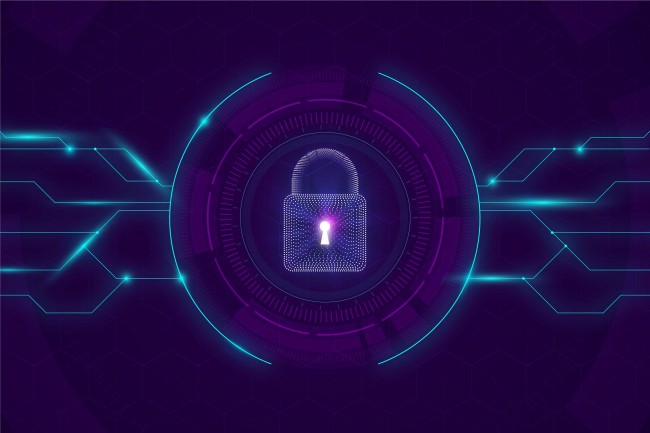
Encryption is the process of converting your plaintext or unencrypted data into ciphertext. In other words, your data becomes a jumbled mess that baffles all but the desired recipient.
At least, that is the idea behind encryption. However, there are different types of encryption for different scenarios. Unfortunately, they aren’t secure enough to stump the best cybercriminals.
Below, we explore the types of encryption and introduce you to basic facts about them.
Types of Data Encryption
There are many different ways to classify data encryption. Depending on the classification, we can then characterize the types of encryption. Below are the different sorts.
Based on the Number of Cryptographic Keys
The primary classification of encryption is according to the number of cryptographic keys. Based on this, there are two types of data encryption:
1. Symmetric Encryption
A single symmetric key encrypts and decrypts the plaintext and ciphertext, respectively. The most common example of symmetric encryption is the Advanced Encryption Standard (AES). Others are the Data Encryption Standard (DES), Twofish, etc.
2. Asymmetric Encryption
Here, the encryption and decryption algorithm utilizes two different cryptographic keys. One encrypts the plaintext, while the other decrypts the ciphertext. An example of this is the Rivest-Shamir-Adleman (RSA) encryption algorithm.
People sometimes refer to both encryptions as private and public key cryptography.
Based on the Type of Algorithm
Encryptions may differ according to the algorithm employed as well. The following are some types of encryption algorithms:
1. Advanced Encryption Standard (AES)
Widely regarded as the most secure form of encryption, it can come in 128, 192, or 256-bit encryptions. The 256-bit encryption is the most effective. It is the gold standard for data encryption.
2. Data Encryption Standard (DES)
The DES algorithm is low-level and encrypts data with 48-bit keys. It was the gold standard for data encryption before the rise of the AES and its more extended key sizes.
3. Triple Data Encryption System (3DES)
This encryption algorithm performs the DES encryption thrice for each data block. 3DES is, thus, a direct offspring of the DES’ problems. Despite solving DES’s integrity issues, a relative lack of speed makes it unpopular.
4. Rivest-Shamir-Adleman (RSA) algorithm
The name is representative of the brains behind the algorithm – Ron Rivest, Adi Shamir, and Leonard Adleman. RSA possesses the needed complexity to guarantee confidentiality, but it’s a slow algorithm.
Other encryption algorithms include Blowfish, Twofish, Threefish, etc.
Based on the Lifecycle Stage or State of the Data
Encryption types are also classified based on the data’s state (or lifecycle stage). Some of these are:
1. Network-level Encryption
Network-level encryption safeguards data in transit between computer or communications networks. It is the most common form of encryption for Internet communication.
The Common protocols for this encryption are the TLS (Transport Layer Security) and the SSL (Sockets Secure Layer). Virtual Private Network (VPN) encryption is a form of network-level encryption.
VPNs extend network-level encryption by creating a secure tunnel between a user’s device and a remote server. This setup protects data from threats, blocks malware, and masks the user’s IP address, enhancing privacy and security, especially on public Wi-Fi networks.
2. Storage-Level Encryption
Storage-Level Encryption protects data, both in storage media and transit.
3. Transparent Encryption
With this form of encryption, users may protect data at rest (any large data collection), such as databases.
Other Classifications
There are other terms bandied around about encryption. Point-to-point encryption and end-to-end encryption don’t fit into any categories.
The major difference is that end-to-end encryption may involve decrypted and encrypted ciphertext moving through the domains and systems. In contrast, the ideal point-to-point encryption may not see the data decrypted again until the end of the system.
They also differ in popular application. For instance, point-to-point encryption plays a part in financial card transactions. End-to-end messaging systems are popular for protecting the data within chatrooms, etc.
Conclusion
Data encryption is as vast as it is crucial. Categories of encryption methodology are also categorized into block or stream encryptions. That said, considering the benefits of encryption, the complexity is worth it. Encryption plays a role in network safety, secure file transmission, and communication.
